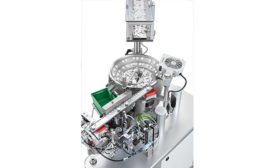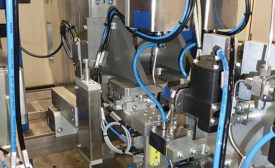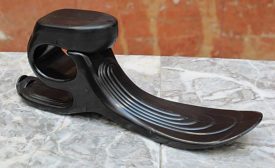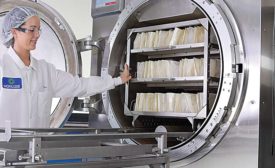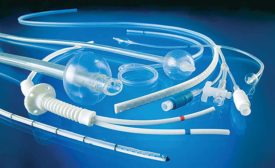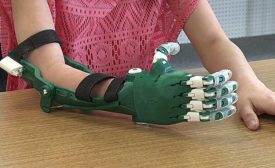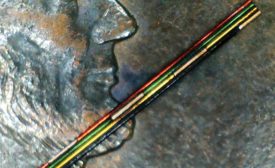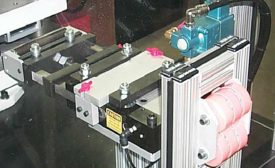Medical Devices Assembly
Feeders for Medical Device Assembly
From vibratory bowls to shaker tables, medical device engineers have many options for feeding parts to automated assembly systems.
May 1, 2018
Automated Assembly of Medical Devices
Sharps, test cards, sensors and miniature gas canisters are among the many medical devices produced on automated assembly systems
May 1, 2018
New Plastics for Medical Devices
New materials are meeting the varying performance demands of medical devices
May 1, 2018
Sterilizing Medical Devices Requires Friendly Agents
The best sterilization process for a medical device depends on the materials and methods used to assemble it
May 1, 2018
Medical Device Manufacturers Require Tighter Leak Test Requirements
Tighter leak rate requirements are driving demand for smarter equipment in medical device manufacturing.
May 1, 2018
Additive Manufacturing for Medical Device Production
3D Printing Goes from Prototyping to Production
May 1, 2018
MEP Aids Medical Device Manufacturers
Many medical device companies have benefitted from the Hollings Manufacturing Extension Partnership
May 1, 2018
Laser Wire Stripping for Medical Device Assembly
Small wires in medical devices can be safely stripped with lasers
May 1, 2018
Fastening or Pressing of Medical Devices
For a wide range of medical devices, fastening or pressing is often the best assembly method
May 1, 2018
Never miss the latest news and trends driving the manufacturing industry
Stay in the know on the latest assembly trends.
JOIN TODAY!Copyright ©2025. All Rights Reserved BNP Media.
Design, CMS, Hosting & Web Development :: ePublishing

